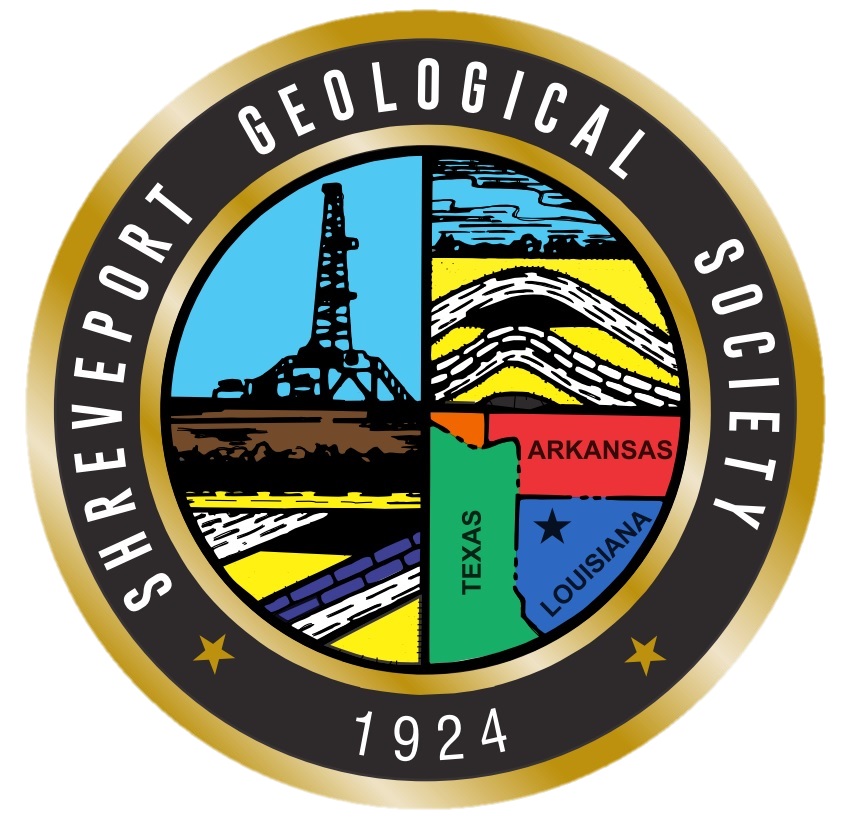The Petroleum Club of Shreveport, 15th floor
Cost: $20, Children 10 and under $8
We encourage members to invite guests, spouses, and friends to any of our meetings.
If you’d like a seat, kindly use the form below to make your reservation by the preceding Friday.
Biography
Dale is a retired geologist and geophysicist living in Tyler Texas. He earned a bachelor’s of science in Geology (with honors) from Washington State University in 1973. After graduation, Dale moved to Houston and worked for Western Geophysical for 5 years. He spent nearly 15 years with Conoco working South Texas, the Oriente Basin in Ecuador and the Williston and Uinta basins. His experience in East Texas began in 1996 where he worked the basin from Tyler Texas. Dale then worked for EOG Resources for nearly 14 years in both south and east Texas and retired in 2015. He is active in the East Texas Geological Society where he served as President from 2014 to 2016.
Abstract
The Sabine Island is a tectonic feature located on the southern end of the area known as the Sabine Uplift in East Texas. The Island has a different tectonic history compared to that of surrounding areas. The objective of this investigation was to document the apparent vertical movement of the island.
The Sabine Island and several other “basement highs” were emergent during the deposition of the Jurassic salt, leaving either a very thin salt around the Panola/Shelby county line, or absence of salt as found on the Sabine Island, and in northeast Shelby county in the vicinity of Juaquin Field. The Sabine Island remained high during the deposition of the Smackover Formation up to the Valanginian unconformity. After deposition of the transgressive systems tract B Lime, the Island subsided and created accommodation space for a thicker section of the marine to paralic Travis Peak siliciclastic section. A reversal of motion on the Sabine Island block occurred during the deposition of the Cretaceous carbonate section and is illustrated by karsting in the James Lime and reef development in the Glen Rose. Another reversal occurred during the deposition of the Austin Chalk that can be demonstrated by thickening of that interval over the Island. The final reversal documented in this paper is between the top of Austin Chalk and the Chicxalub tsunami event near the K/T unconformity.







































